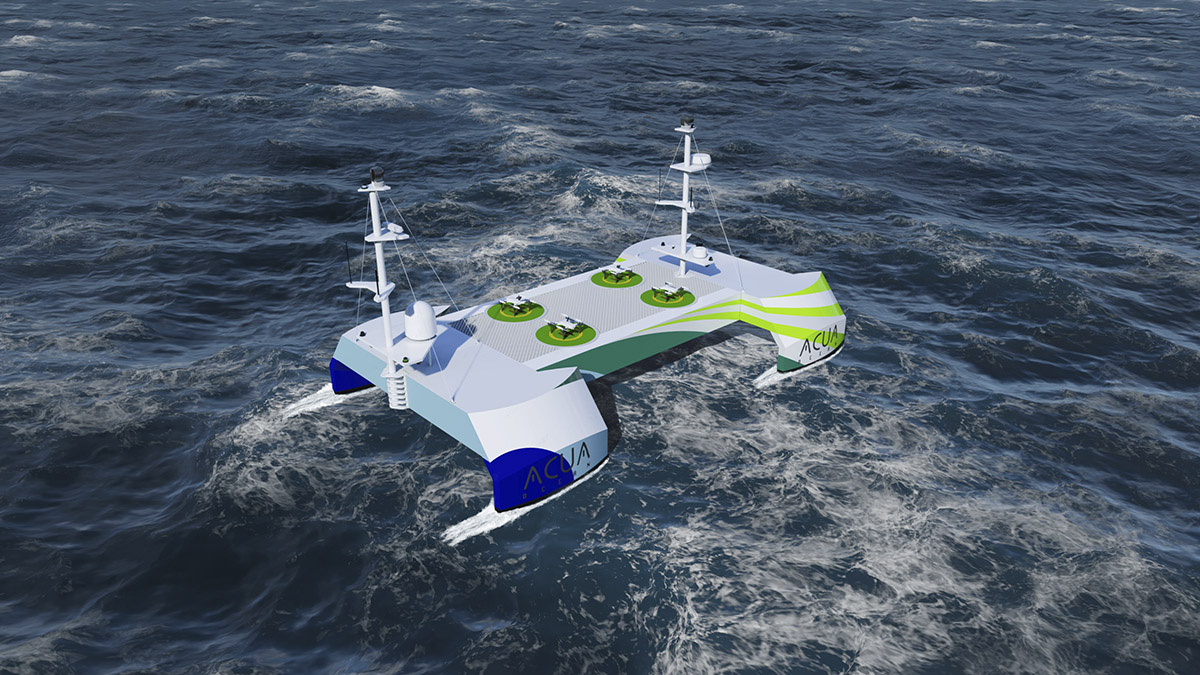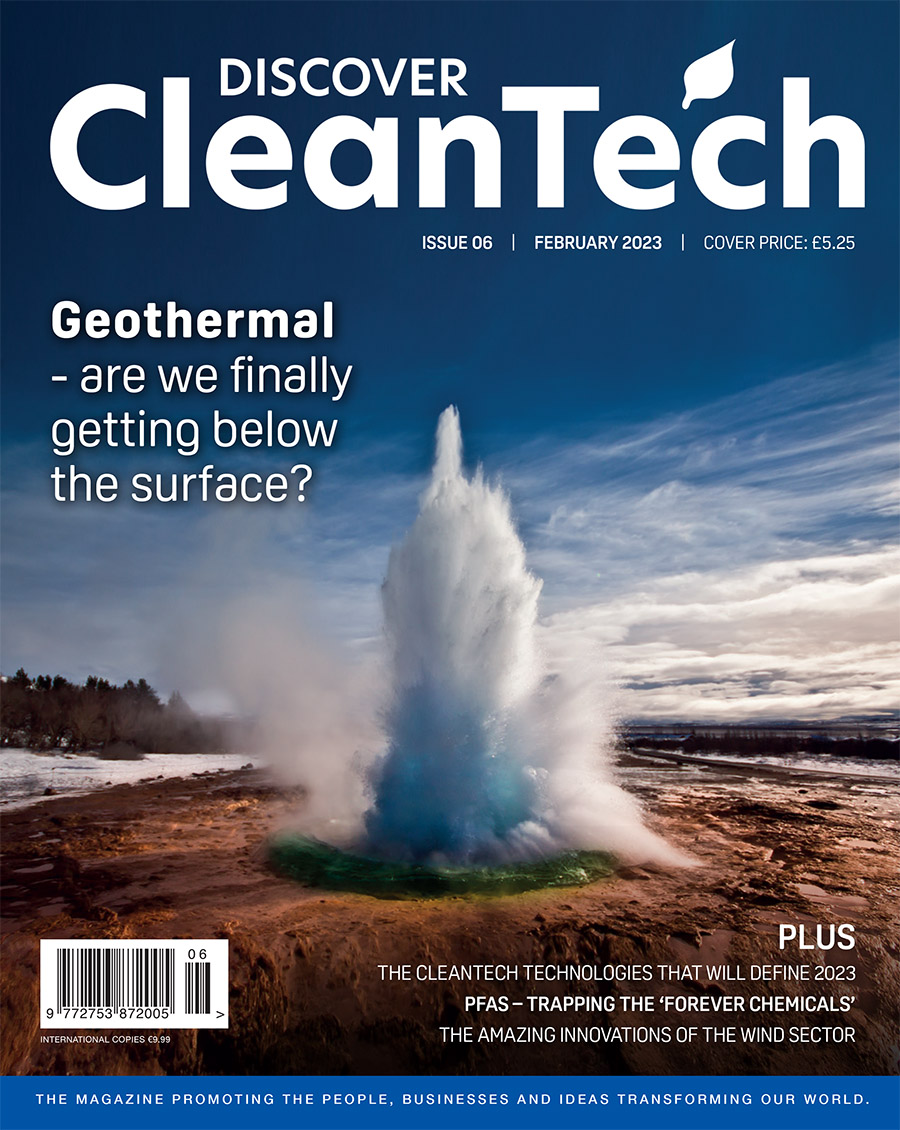You simply cannot predict the weather – or can you? – The role of sensors in supercharging renewable energy systems
By Jason Deign
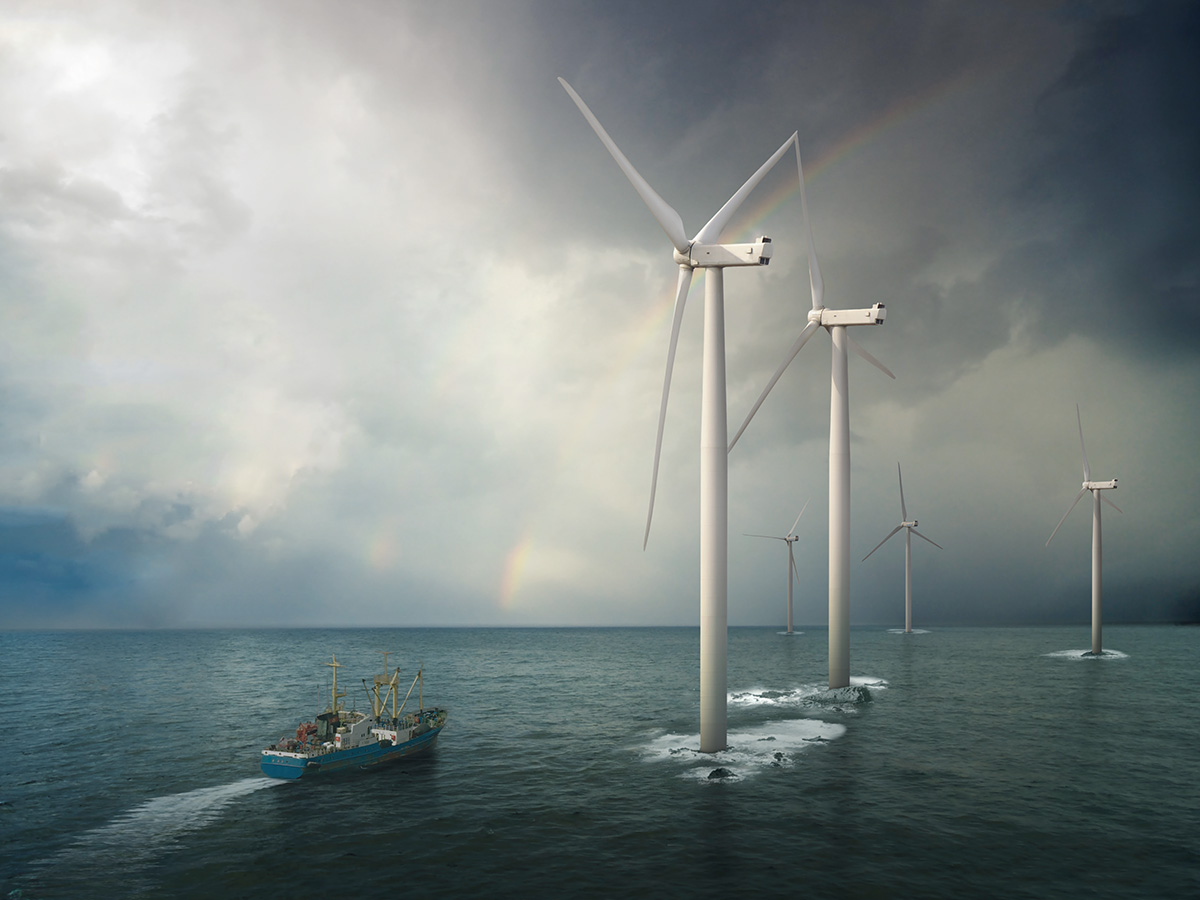
Photo: dreamstime.com
While the fact that the weather is notoriously hard to predict may have saved many an awkward dinner party silence, renewable energy companies are striving to improve forecasts. Cleantech expert Jason Deign takes a look at the key role sensors are playing in the clean technology evolution.
Tomorrow’s energy systems will rely mostly on wind and solar power. That means it will be key to know when the wind is blowing, and the sun is shining. A host of sensor technologies is coming into play to help grid operators and renewable energy companies get their forecasts right. One of them is the German grid operator Tennet, which came up with an unusual way of forecasting the weather in 2017. The company was concerned about getting forecasts right because cloud cover or gusty conditions could affect the amount of energy coming onto the grid from wind and solar plants, which are growing in number.
So, as well as pulling weather data from standard meteorological sources, Tennet came up with an idea to tap into a massive source of information on real-time conditions: cars. Modern vehicles are equipped with sensors measuring everything from brightness and temperature to humidity and air pressure. Tennet teamed up with automaker Volkswagen for a pilot incorporating this data, duly anonymised, into the systems used for grid control.
While it is, at this moment, unclear how the pilot fared, the experiment shows the lengths that cleantech industries are going to in integrating data into their systems and products. Furthermore, this push comes as sensor technologies are increasingly linked to data networks in what is called the Internet of Things, or IoT.
Where the Internet connects people, the IoT connects things such as pressure gauges or temperature sensors, making it easier to monitor and control physical infrastructure. “Using IoT data to enrich existing data sets is super important,” says Steve Hilton, co-founder and president at MachNation, a leading benchmarking and testing firm for IoT middleware and platforms.
“It’s similar to tuning up the supercharger on a high-performance car: the vehicle already runs well, but a tune-up will boost performance even more,” he adds.
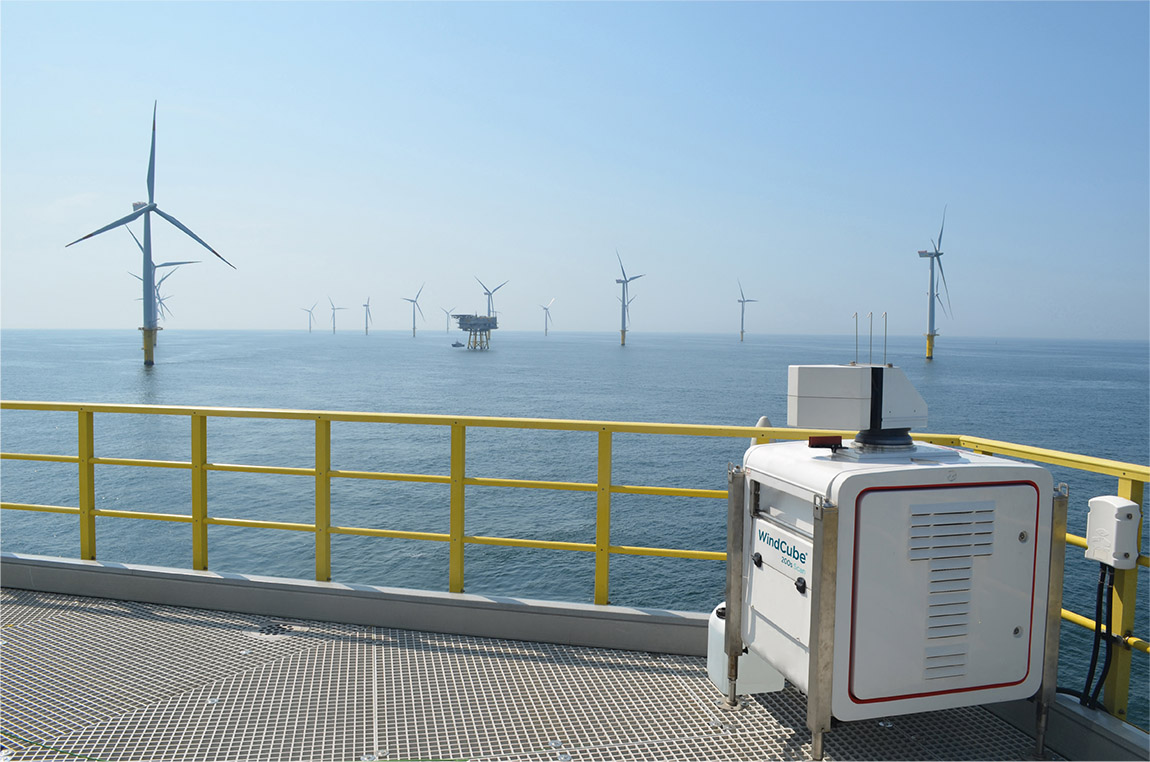
Vaisala’s WindCube vertical profiling lidar is used for accurate, bankable offshore and onshore wind data.
A key function for renewables
This fine tuning is particularly important for technologies such as solar power, where the output from a plant might be seriously affected by a single cloud or by factors such as smoke or mist that might not even show up in a weather forecast. Assessing a plant’s output correctly is not only important for grid operators, however. Renewable plant owners get paid according to how much power they can provide and may be penalised if they get their forecasts wrong.
Because of this, renewable energy plant developers begin gathering detailed weather data from their sites even before they start building their projects. “Our customers require the most accurate estimate of how windy or sunny it has been at a location, so they can understand investments associated with building projects and financing them,” says Pascal Storck, head of technology at Vaisala, a technology leader in weather measurements.
“They also demand the best forecasts for renewable energy output, from the next five minutes through the balance of the trading day, all the way out to scheduling tomorrow and maintenance for the week. The single best thing you can do to understand weather at a location is to measure it.”
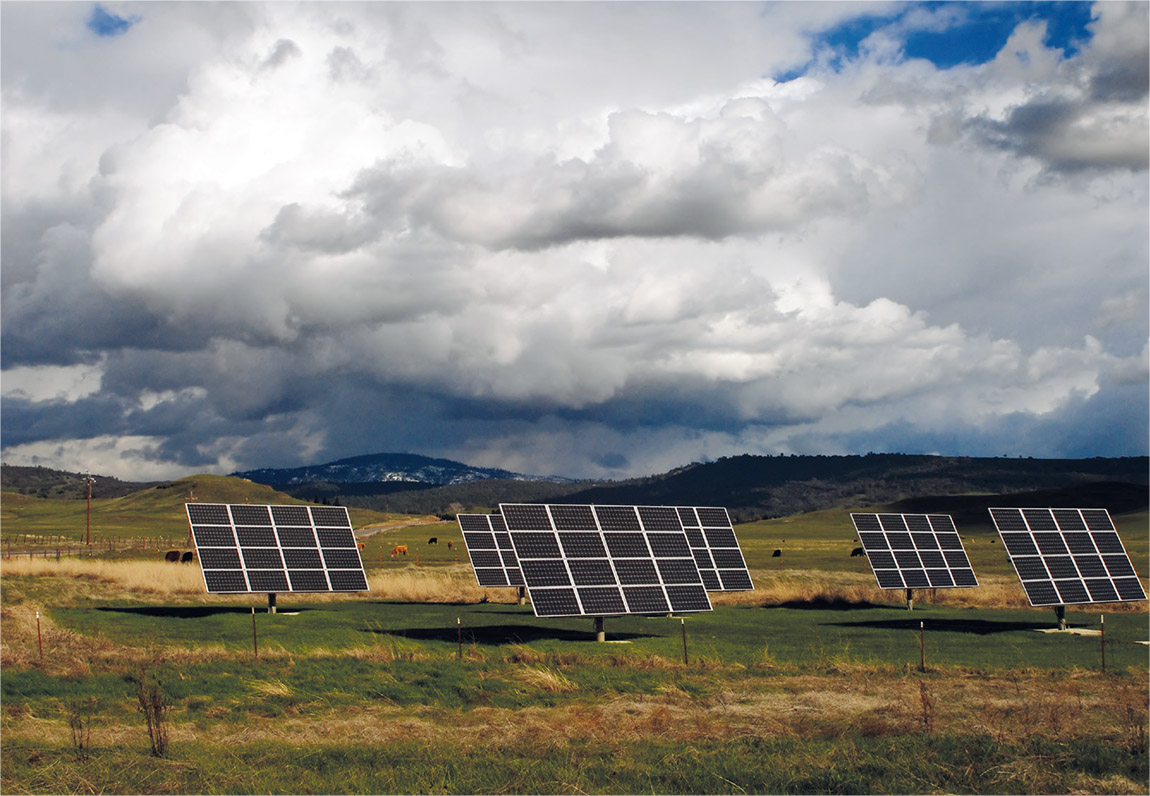
Cloud cover can affect the amount of energy coming onto the grid from solar plants, and predicting outputs are essential to renewable plant developers. Photo: dreamstime.com
Recent advances in forecasting
Weather forecasting has come a long way in recent years, with on-site measurements being combined with historical records and analysed using artificial intelligence to make detailed predictions. Weather sensors themselves have become increasingly sophisticated. A good example is a technology called Light Detection and Ranging, or lidar. This technology uses beams of light to probe the atmosphere and can be used to provide accurate measurements of meteorological conditions such as wind speed and shading.
Modern lidar devices can measure wind speed and direction at 20 heights of up to more than 300 metres. Scanning lidars, meanwhile, can carry out long-range measurements of up to ten kilometres. These may be installed on shore to track conditions in offshore wind farms. Lidar units are used before wind farms get built, to make sure the energy that could be obtained from a site matches expectations based on historical weather reports. Developers will usually take a year’s worth of readings before going ahead with a project.
Lidar is also used when the farms are operational, to make sure the power being produced by the turbines corresponds to the amount of wind available. If it does not, that could indicate a turbine is not working properly. But “if you don’t understand the resource, you can’t even begin to troubleshoot or improve your performance,” Storck says.
“You need to know what the resources at your site are – which direction and how hard the wind is blowing [or] what’s the irradiation if you are building a solar plant,” says Elvira Aliverdieva, who works in business development support at Vaisala. “Basically, the whole project depends on the resources of your site, so it’s essential to know what’s going on there.”
Lidar’s remarkable capabilities
Lidar represents “the absolute best technology” for weather sensing, says Storck. “To measure the wind speed 100 metres above ground, that’s not child’s play,” he says. “Stand at the bottom of a 30-storey building and imagine how on earth they’re going to measure the wind up there.”
In many solar projects, key meteorological data is frequently collected using a sensor that is even further away – beyond the atmosphere. Since solar project developers only really need to know how much sunshine is reaching their arrays, they can make do with commercial satellite remote sensing data. “The satellites that are orbiting, from space, can detect how sunny it is,” Storck says: “They can see the clouds.”
In the solar industry, he says, “satellite-derived data sets are considered bankable, such that many projects are financed and built without ever taking any on-ground measurements.”
Thanks to cleantech’s preoccupation with measurements, the amount of weather data being collected by renewable energy plant owners increases by the day. Most large wind farms, particularly offshore, now have a lidar or meteorological station, or both, and some may even have two lidars. As time goes by, though, the need for even more data could start to decrease.
That is because algorithms are increasingly helping to work out the weather. “Once you’ve measured the weather for a sufficient period of time, you can train a weather prediction model to fill the gaps,” says Storck. “It’s not just about measurements or weather forecasting, it’s about fusing all this together with machine learning to make digital representations of the weather and climate.”

Photo: Isae-Supaero
Subscribe to Our Newsletter
Receive our monthly newsletter by email

